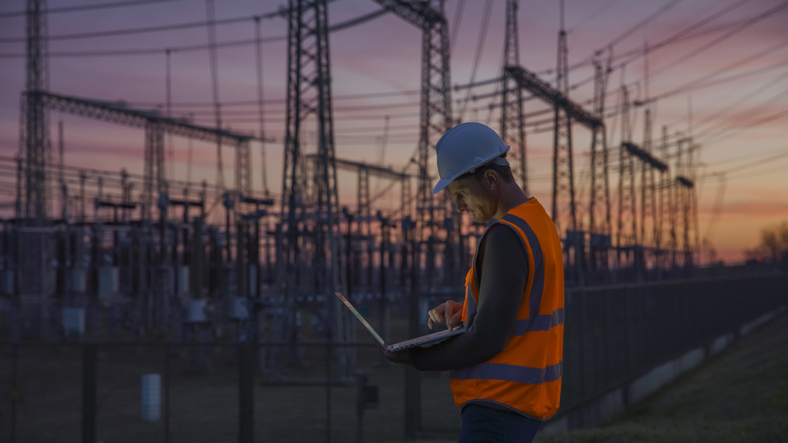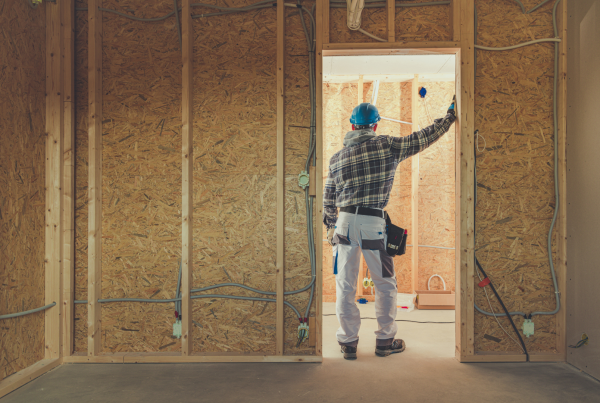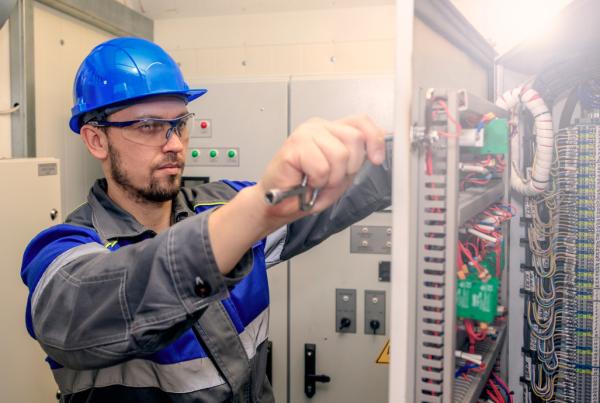Electrical substations are one of the most important parts of the electrical grid. Over time, they have undergone many changes for better efficiency. Due to these changes, substations are no longer something that anyone can work on. Only certified commercial electricians can diagnose and repair problems with an electrical substation.
The latest form of the electrical substation is the compact substation, which is equally power and space-efficient. So let’s take a look at what these compact substations are and how they work.
What Is a Compact Substation?
Just like a transit station is the drop-off or pick-up point for us humans, substations are transportation points where electricity is directed as it moves over the large distance between where the power is produced and where it is consumed. Being transmitted over large distances means that the current voltage may differ, equipment heats up, and eddy currents get introduced.
The substation uses step-up and step-down transformers within the substations to increase or decrease the voltages after they have traveled, and this makes it usable for the public. There are many safety devices within the station as well that aim to protect other, costlier electrical systems from possible malfunction.
These include fuses and breakers to safeguard the network in case of a surge.
In high-density areas, especially commercial areas, substations may need to be indoors. This is to reduce the humming noise of the big transformers and limit the use of space. This is where compact and confined electrical substations come into play.
Apart from the safety of electrical systems and space conservation, other functions of substations include:
- Bus bars for linking several electrical networks.
- Safeguarding electrical systems from rain and other weather conditions.
- Safeguarding people around the substation by containing mishaps instead of exploding.
- Alteration of power factor circuits.
- Load shedding. The power demand can get higher than the power supply. The increased supply needs indicate that the entire electrical system gets overheated. The substation shuts itself down to perform load shedding on the distribution circuits.
- Isolating circuits for maintenance. This is also done by switching the circuits to another phase.
You need to note that isolating or switching the distribution lines is an extremely dangerous task and should only be performed with the right gear and training. Commercial electricians are given extensive electrical substation training to have sufficient know-how of all the components and ‘tricks’ to use.
Where Are Compact Substations Used?
A compact substation is best used for:
- Commercial areas
- Schools
- Shopping malls
- Parks
- Construction sites
- Temporary facilities
- Mining enterprises, and more.
The purpose of an electrical substation is fairly easy to understand but making sure it is performing its function the right way takes a lot of practice and expertise. To ensure your electrical systems are safe, you need to contact trained and experienced commercial electrician contractors only. Give Skyline a call, and let us help you get the solutions you need!




